
How a horse that lived more than 40 years ago is saving the species today.
Kurt and Holly, two young Przewalski’s horses, race across a rolling, grassy hillside. As she gallops ahead, he follows. Slowing their stride, the affectionate pair brush noses as they stop to graze. This is a seemingly ordinary moment at the San Diego Zoo Safari Park—but decades of conservation work have led here. And together, these two may just save their species.
Przewalski’s horses are considered the last true wild horses. They once roamed vast, sweeping plains and grassland from northern Asia all the way down to present-day Portugal and Spain. But habitat loss and a changing climate forced them into areas they weren’t well adapted for—and populations plummeted. By the 1980s, Przewalski’s horses were declared extinct in the wild. As dire as that sounds, hope was not lost. Because of the visionary foresight and dedication of conservation scientists, work to save the species had already begun.
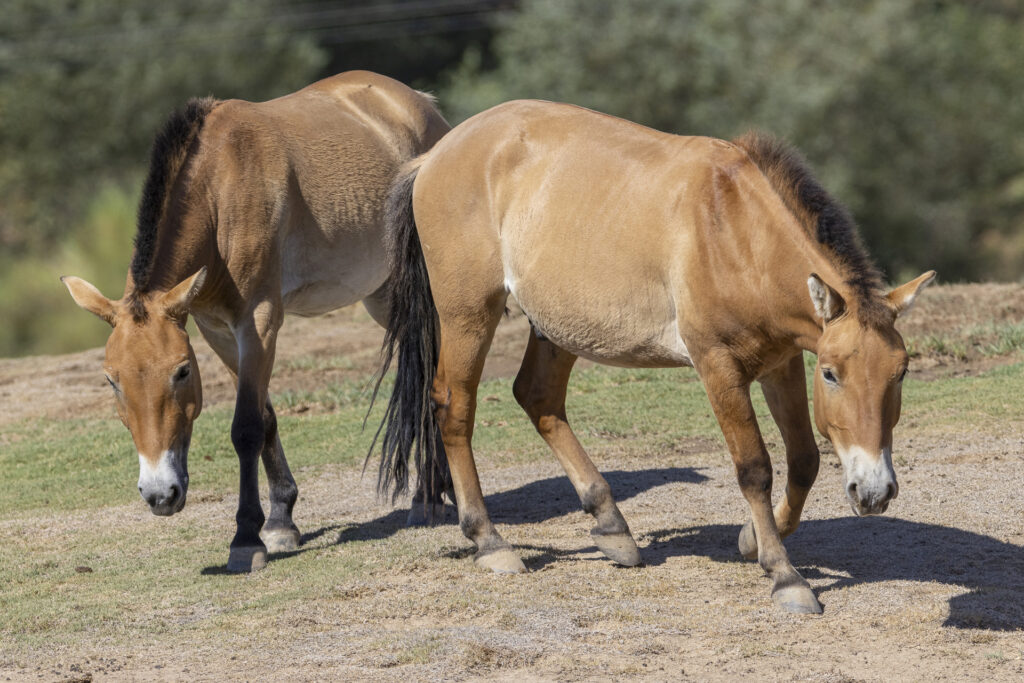
Since 1979, we’ve worked with partners around the world to save Przewalski’s horses. Although they’d disappeared from their native habitat, a number of horses remained safe in human care—including at the San Diego Zoo and Safari Park. These conservation breeding herds are known as “assurance populations,” helping safeguard the species and increase the global population. By the 1990s, teams were able to begin reintroducing horses into their native range across grasslands in China and Mongolia. As wild populations increased, the species was reclassified from “extinct in the wild” to “critically endangered,” and then eventually, in 2011, “endangered.” This was an incredible triumph for the planet’s last wild horses. But even so, the journey to save them was far from over.
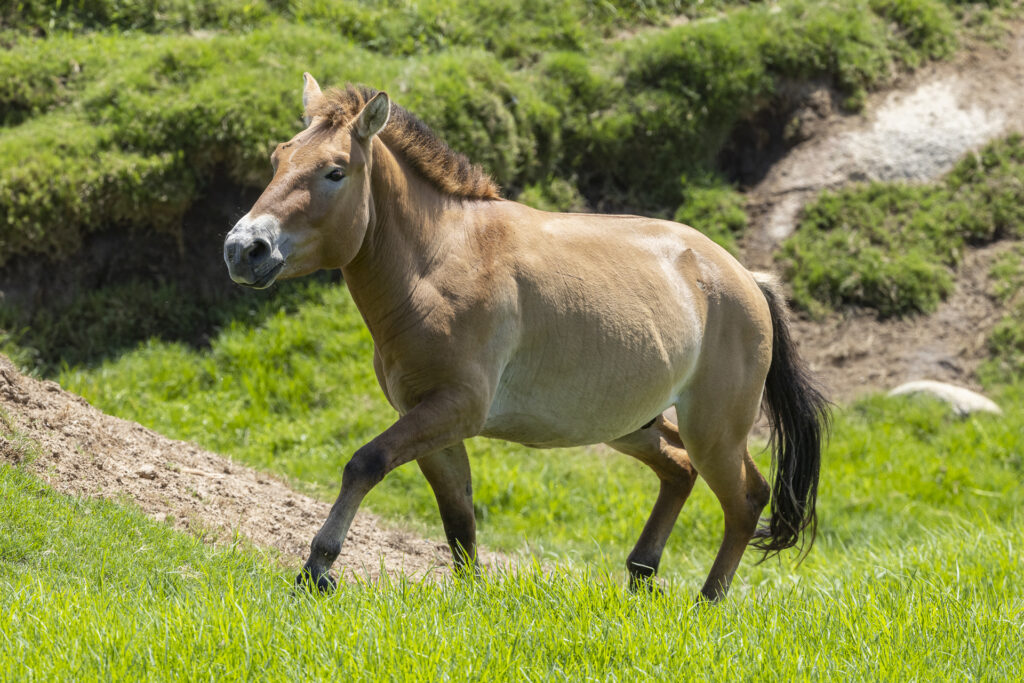
One of the great challenges these populations currently face is lack of genetic diversity. All living Przewalski’s horses are descended from just 12 individuals. Or at least they were, until Kurt was born in 2020 and made headlines worldwide. Kurt is the first-ever clone of a Przewalski’s horse, the clone of a stallion that lived more than 40 years ago—and whose DNA was absent from the living population. His birth helps restore this vital genetic diversity, which is essential for a full recovery of the species. This groundbreaking accomplishment is also a testament to the efforts of some trailblazing scientists who were ahead of their time.
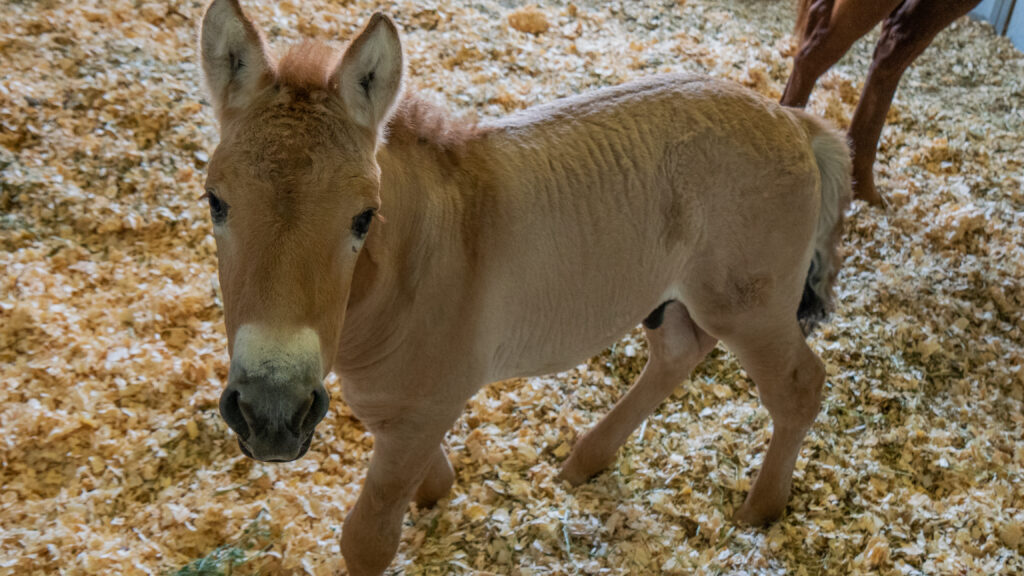
Kurt the horse was named in honor of one of those conservation pioneers, Dr. Kurt Benirschke, who founded our conservation science efforts and our Frozen Zoo® in the 1970s. At the time, no one yet knew how cryopreserved DNA and living cell lines of animals might be used in conservation. But Dr. Benirschke predicted that there would come a time when it could be used, and so he began to save samples from a variety of species. He was right. Today, the Frozen Zoo® is part of our Wildlife Biodiversity Bank, and is the largest repository of its kind in the world—housing more than 10,000 cryopreserved cell lines of more than 1,100 species and subspecies, including some that are extinct. What’s been preserved there is now being used to make breakthroughs like Kurt’s birth.
Through a collaborative effort with our partners, Kurt was born to a domestic horse that acted as a surrogate mother. As such, he didn’t have much experience with other Przewalski’s horses until he moved to the Safari Park in 2021. Here, he needed to learn how to be a Przewalski’s horse in order to integrate into the herd—and to ultimately fulfill our hope that he would breed, passing his important DNA to future generations. The first step in socializing him was to introduce him to Holly.
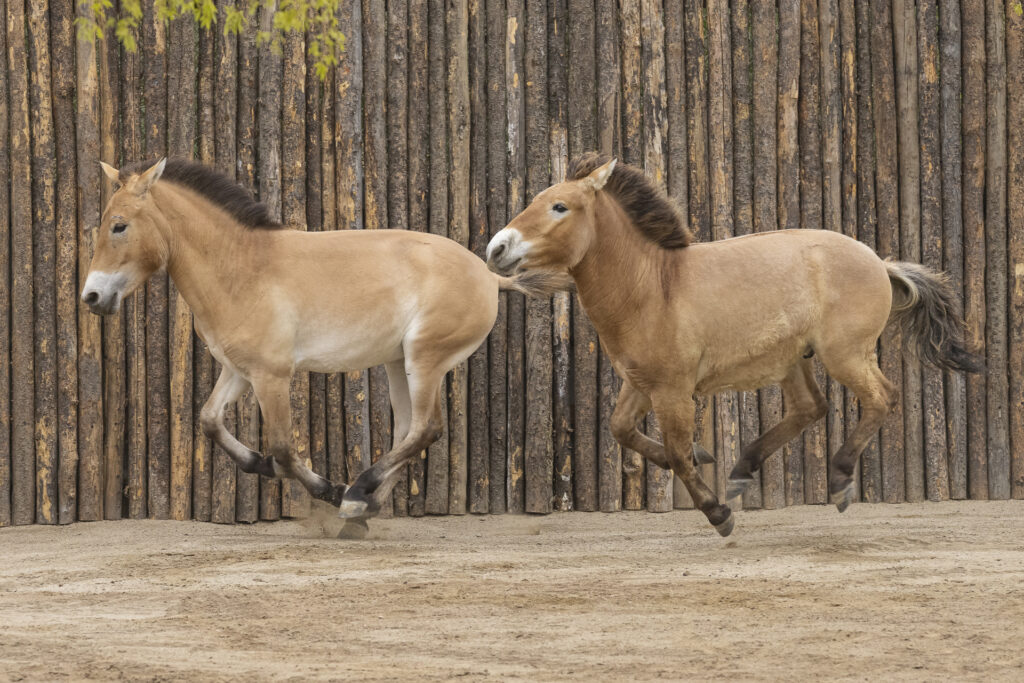
A filly just a few months older than Kurt, Holly’s serving as Kurt’s mentor, teaching him the language and behaviors of Przewalski’s horses. Their initial introduction went well, and after some behavioral sparring, the two settled into an amicable companionship. They spend a lot of time together and are doing all the things we expect thriving horses to do—running, playing, and grazing.
Recently, Kurt and Holly moved from their secluded, private habitat area at the Safari Park to the Asian savanna. This move brings them one step closer to joining the larger group of Przewalski’s horses and has them socializing with other species. Once Kurt reaches maturity at the age of 3 to 4 years, the plan is for him to be the breeder stallion of the herd so that his offspring will bring back lost genetic diversity to the population.
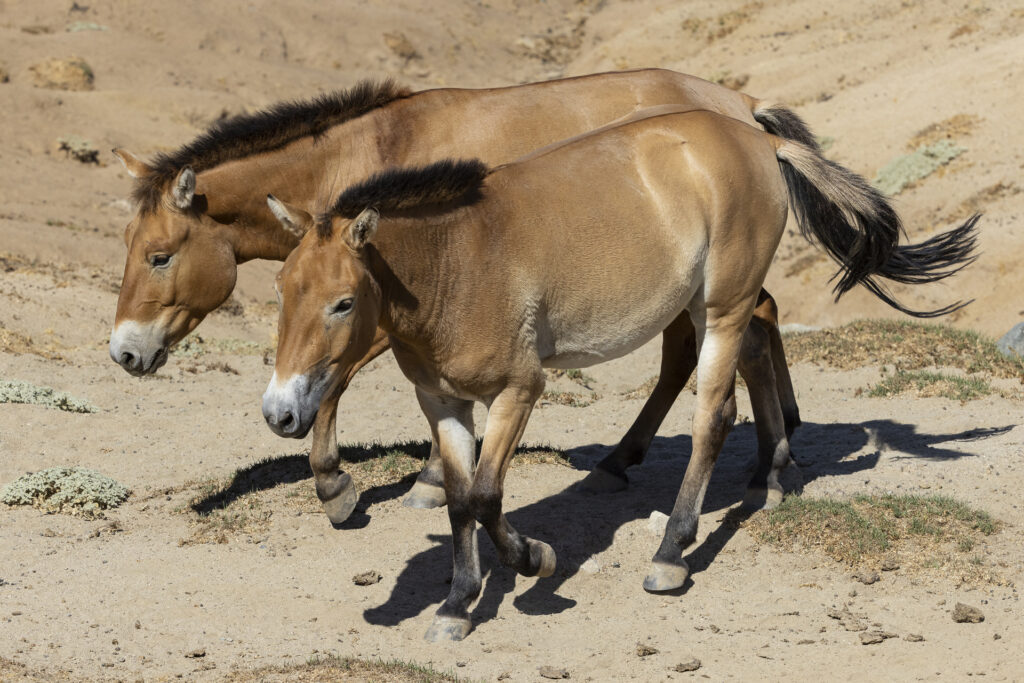
Together, Kurt and Holly mark the beginning of the next generation of Przewalski’s horse conservation. Kurt’s very existence marks a monumental conservation milestone—for his species, and for all species that will benefit from these revolutionary reproductive science and genetic rescue techniques. His name reminds us of the power of innovation—and that successful, long-term conservation requires thinking outside the box.
Your support makes all of this possible. Visit Kurt and Holly at the San Diego Zoo Safari Park, and discover how your support is securing the future for Przewalski’s horses and other endangered wildlife around the globe. Thank you for joining us as we work to create a world where all life thrives.



